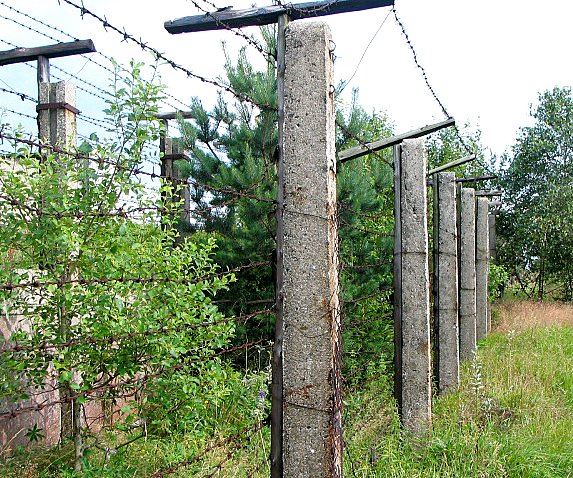
Iron Curtain
The Iron Curtain is a term describing the political boundary dividing Europe into two separate areas from the end of World War II in 1945

The Iron Curtain is a term describing the political boundary dividing Europe into two separate areas from the end of World War II in 1945
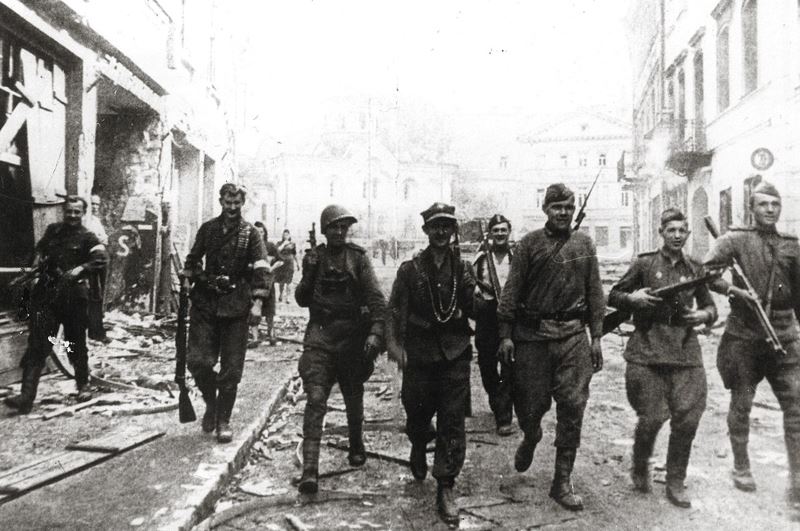
Table of Contents The Eastern Front of World War 2 was a brutal, bloody conflict that claimed the lives of millions of people. Spanning over
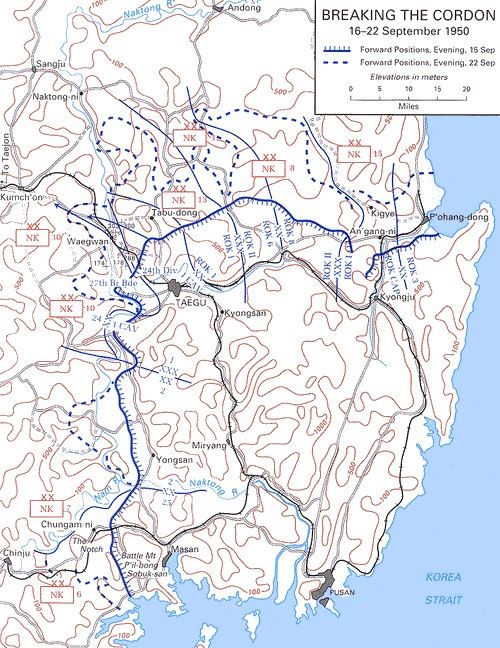
The Pusan Perimeter offensive was a large-scale offensive by United Nations Command (UN) forces against North Korean forces commencing on 16 September 1950. UN forces,
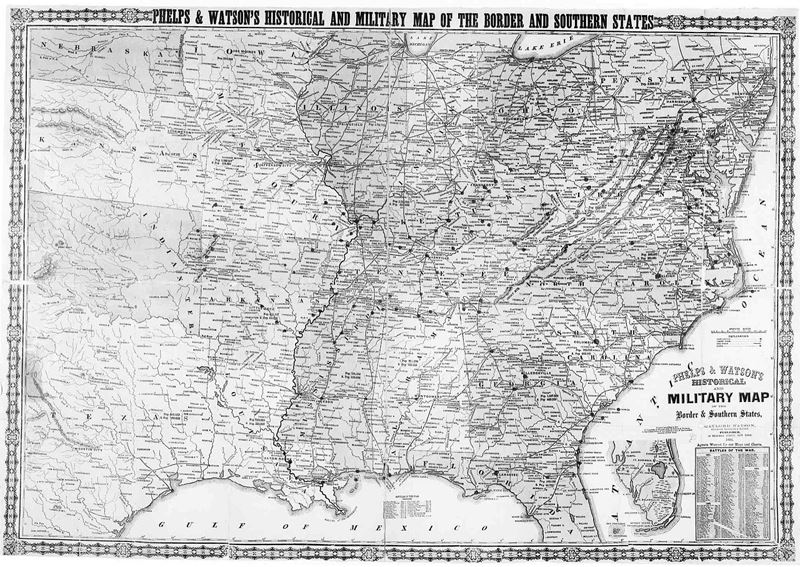
Table of Contents “Border States” refers to the slave states that surrounded the free states that made up the Union. When it came to winning
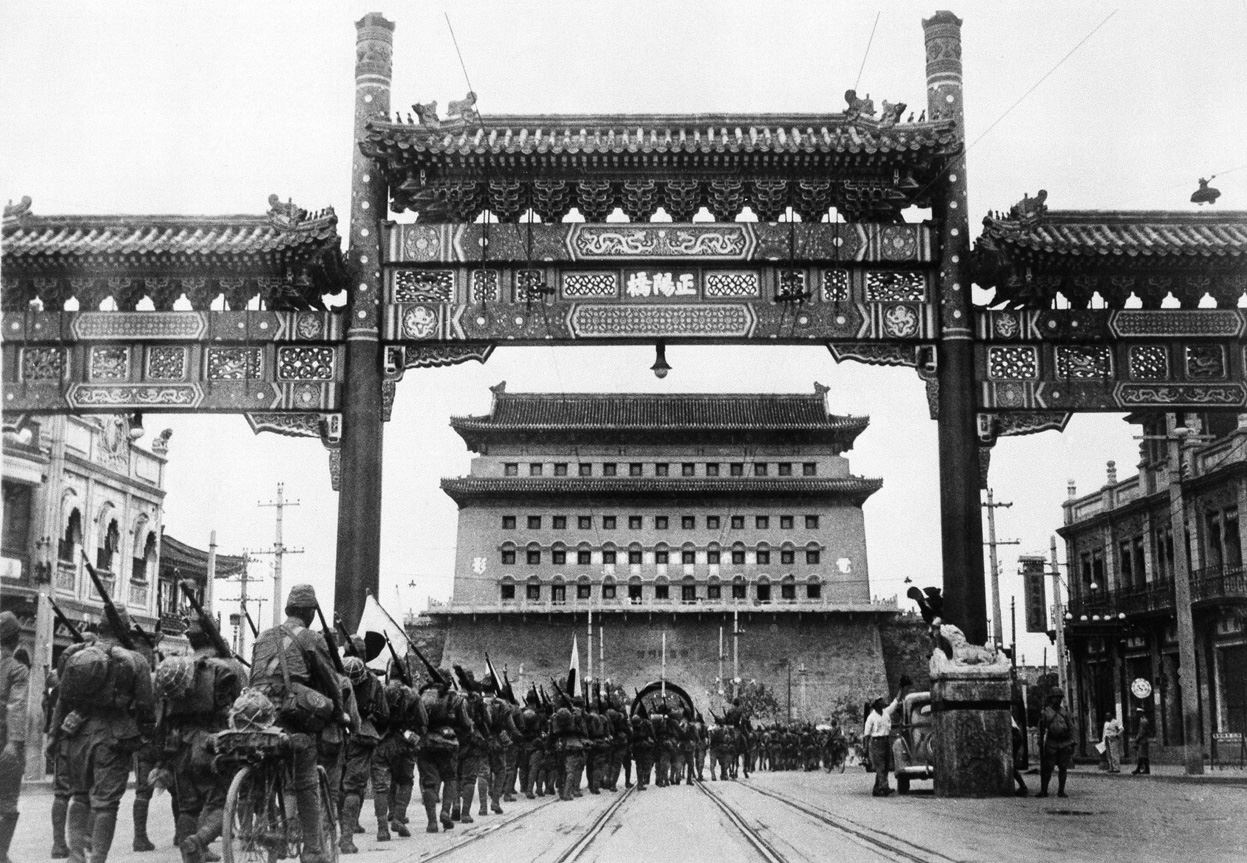
causes of World War II, a global war from 1939 to 1945 that was the deadliest conflict in human history, have been given considerable attention
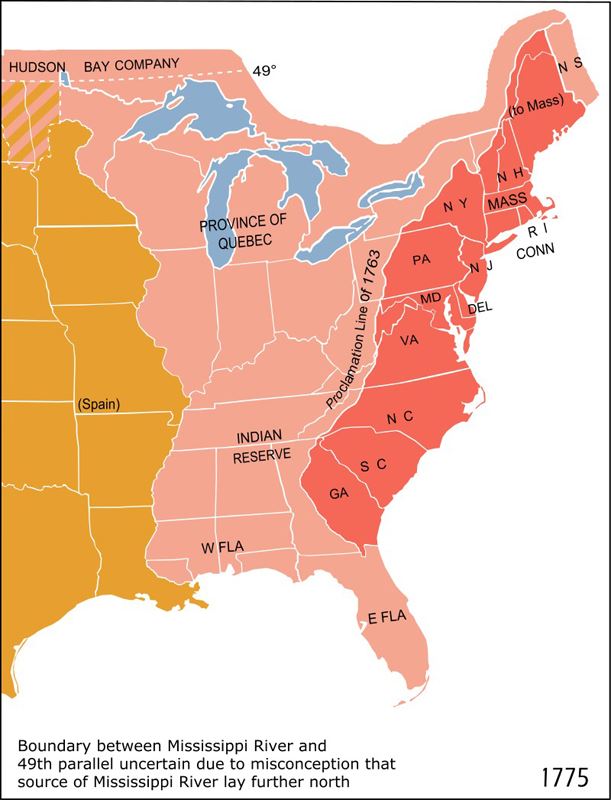
The governments of the Thirteen Colonies of British America developed in the 17th and 18th centuries under the influence of the British constitution. After the
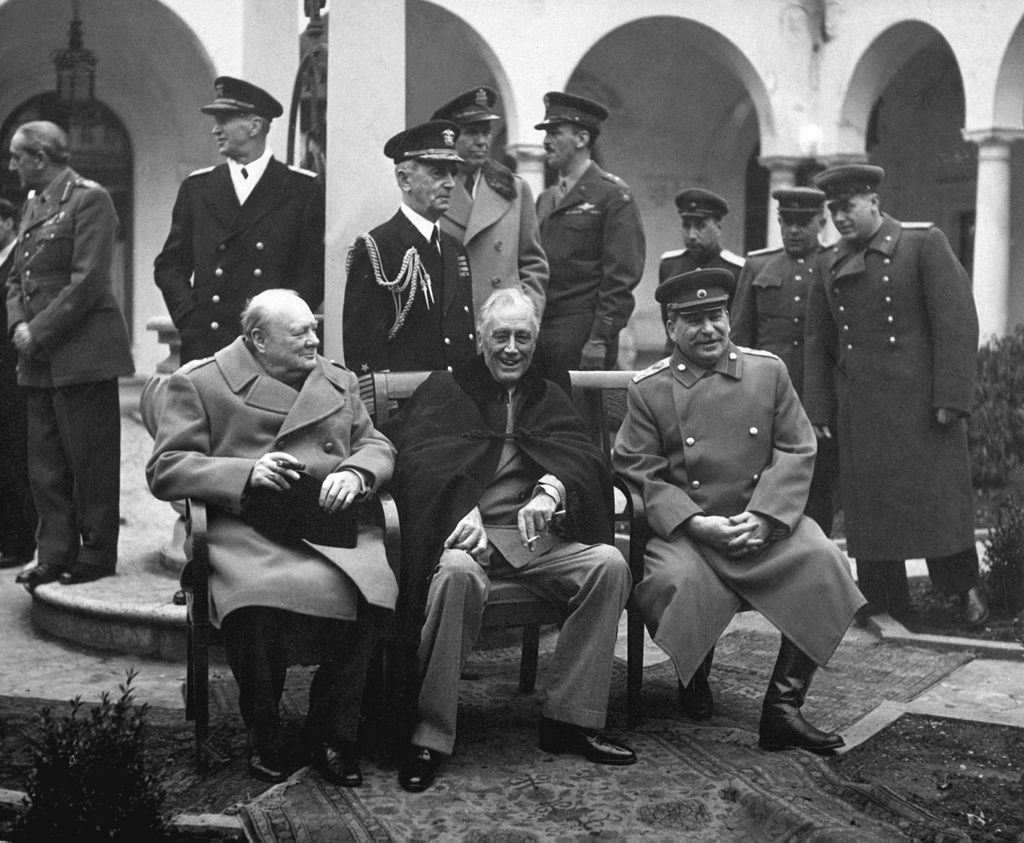
Germany and the Soviet Union were sworn enemies, but following the Munich Agreement, which effectively handed over Czechoslovakia (a French and Soviet ally, and the
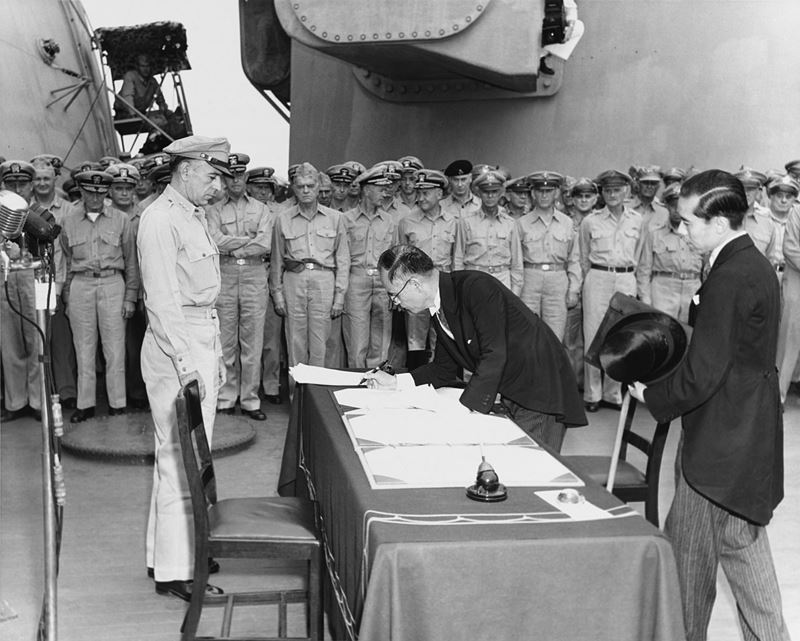
The surrender of the Empire of Japan in World War II was announced by Emperor Hirohito on 15 August and formally signed on 2 September